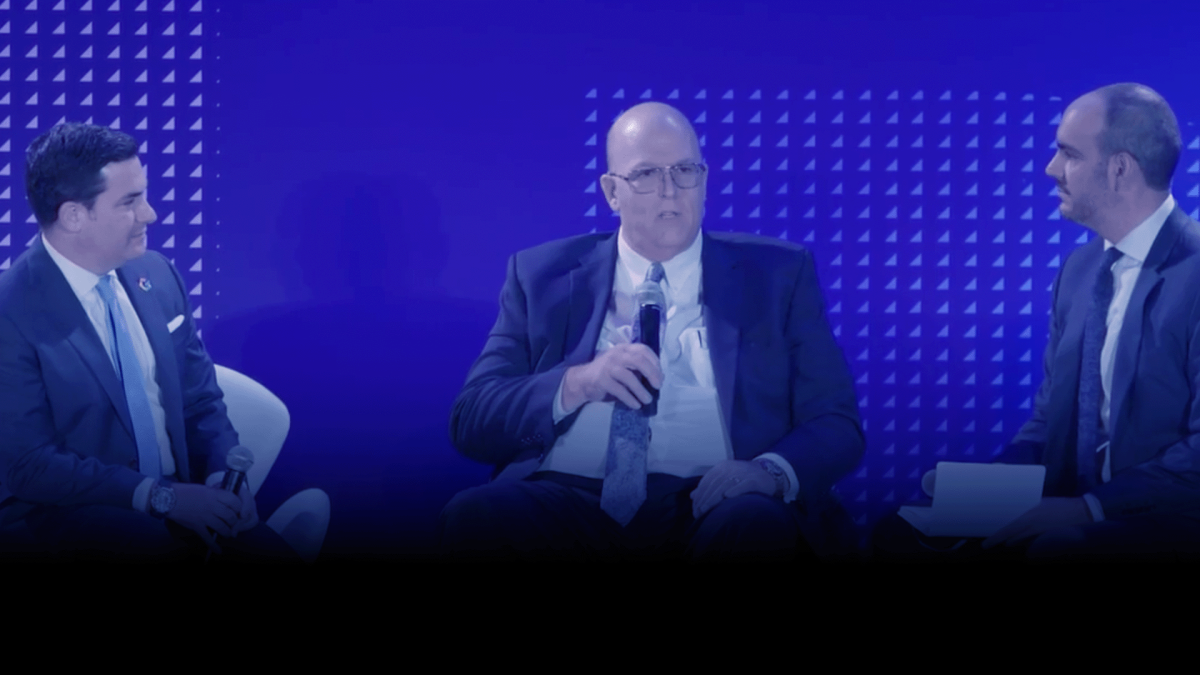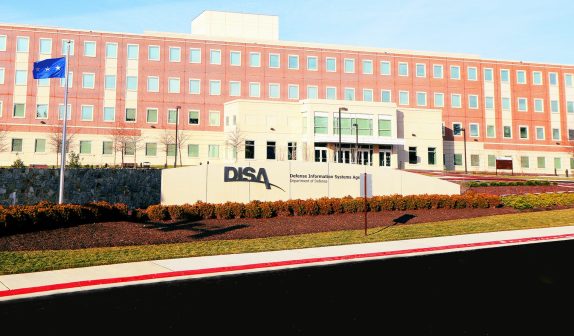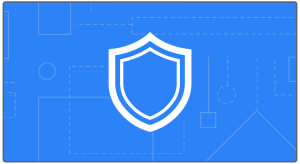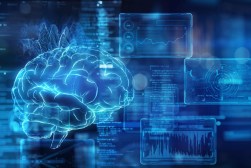- Sponsored
- AI
DISA leader shares AI and machine learning strategies to improve warfighter needs

The Defense Information Systems Agency is taking a more formal approach to harmonizing data, and leaning on industry partnerships to leverage cloud, artificial intelligence, and machine learning capabilities to expand capabilities for the Defense Department, said DISA director Roger S. Greenwell in a recent panel.
“When we look at our strategic plan…the first two lines of effort we are focused on is prioritizing command and control and driving force readiness through innovation,” said Greenwell, director of the Enterprise Integration and Innovation Center and CIO at the DefenseTalks conference in Washington, D.C. on September 19.
Greenwell cited DISA’s recent reorganization to “formalize data as one of our key lines of effort” to leverage “data as the center of gravity” to enable speed of capability to the warfighter. He also highlighted moves to promote joint warfighting cloud capabilities and modernizing DevSecOps as additional areas where DISA is positioning itself to add cloud capabilities across the DOD.
Speaking alongside Greenwell, Josh Marcuse, head of strategy and innovation for Google Cloud, Public Sector advocated for an approach that first looks at mission outcomes and the warfighter’s needs when considering cloud capabilities. Once those outcomes are determined, Marcuse said it would be more valuable to work backwards and answer questions around how to integrate AI and ML capabilities to solve those challenges.
Marcuse noted that in his time working alongside DOD partners he has seen how a majority of their budget and work is improving their data hygiene. However, “not all problems can be solved with AI,” he said.
“AI [and ML] is not like salt and pepper that you sprinkle on any program. You have to be really good at understanding what problem lends itself to a machine learning approach,” he explained. “We look for where there is a data set and a mission outcome, where we can use mature techniques that are secure and proven, to use that data to achieve a result that the warfighter needs.”
Greenwell added how data is key to DISA’s and the DOD’s mission. He shared that last October, DISA reorganized its leadership structure to establish its first chief data officer as part of its modernized data strategy goals. One of the agency’s key roles in cyber-defense and cybersecurity requires them to understand the mountains of data they are gathering from their wide variety of capabilities.
“Data is central to what we are doing,” he said, “and we can’t do it without AI and machine learning. We have to evolve.”
Finally, Greenwell and Marcuse both stressed the importance of public-private partnerships to move forward some of these big ideas.
“From my perspective it is a lot about partnerships,” said Greenwell, “…and DISA is one entity within the department and can’t do it alone.”
Marcuse noted that there exist pockets of innovation everywhere in DOD and DISA, however they are not evenly distributed across the organizations because of cultural barriers that lead to isolation. Innovation in DOD becomes more about overcoming those cultural barriers.
“There is no organization on the planet that has both mission and [technology] capabilities at such scale. So, when the DOD finds these gems, and then is able to mass produce them, that is when you see historic contributions to the frontiers of technology,” explained Marcuse.
Watch the full discussion on the DefenseTalks On-Demand page.
You can also register for the upcoming Google Government Summit on November 15 in Washington D.C. to hear more from government leaders on how they are using cloud to achieve their mission outcomes.
This article was produced by Scoop News Group for DefenseScoop and underwritten by Google Cloud.






